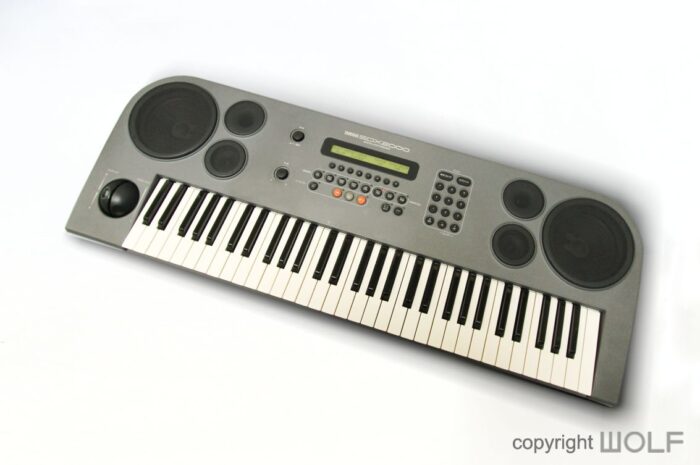WOLF retro DESIGN REVIEW. 19th February 2021
A retro review looks at products that are at least over ten years old from a present-day WOLF design perspective. While the technology and fashion of the period influence design, and are taken into consideration, great design ideas will transcend their eras to be timeless.
Interesting and factual information may be provided, but our review aims to deliver insight from the perspective of a designer’s mind and eyes.
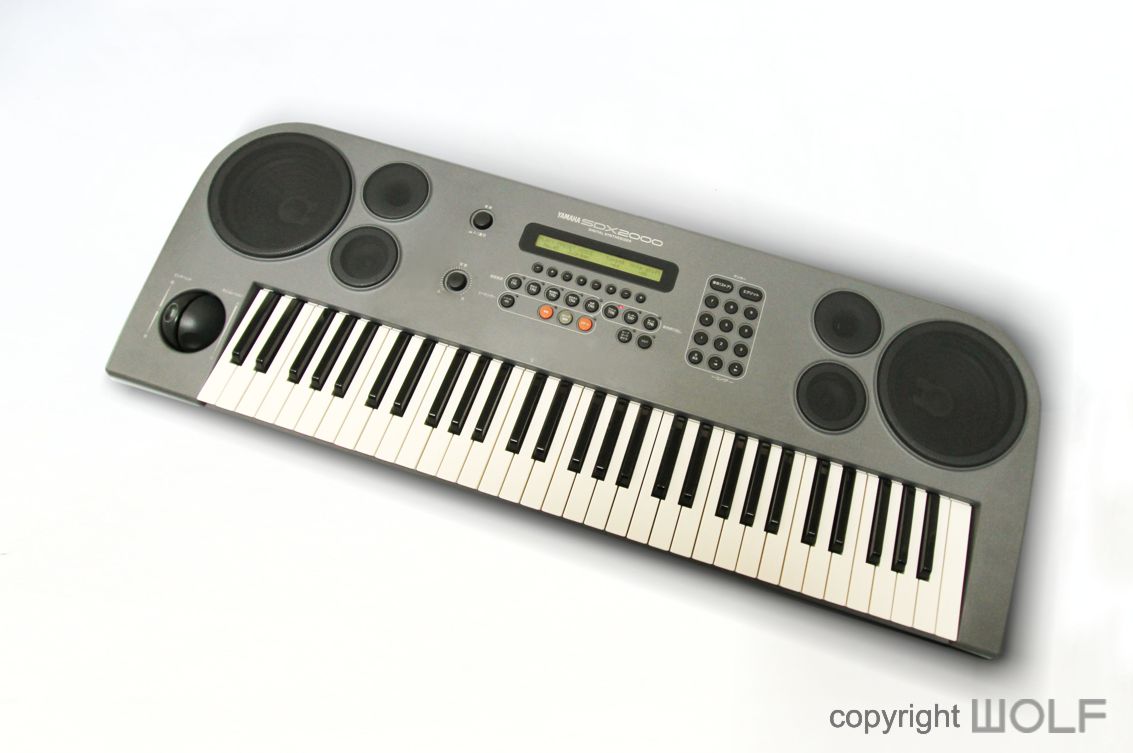
Funky!
Introduction
Product Focus
As with most reviews the focus is on the design and its evolution with musical keyboards. The functioning systems and sound quality are not necessarily not considered.
Product description
The SDX 2000 is in fact a B200, and a B200 was essentially a Yamaha YS200 synthesizer reincarnated in a new body. Its most notable characteristics are the built-in speakers that make it seem like an amateur home keyboard. It was however in a category above the home keyboards yet lower than the professional range at the time (the DXII series). Yamaha’s B or EOS series were primarily aimed at the Japanese market for beginners and intermediate keyboard players. In Japan the B200 was called the “EOS B200”. The synthesizer in this review is a B200 relabelled as the SDX2000 and used in Japanese schools for music education. Apart from the name it was notably different for having all the text in Japanese. It also had different internal sounds with a whole bank dedicated to Japanese instruments.
Price and Availability.
The SDX2000 was exclusive to Japan and hard to find, particularly in good shape. Although rarer than the B200 they often sell for less as they can be rather worn, having spent much of their youth at the mercy of school children. In Japan their value is anywhere between $50 and $200 US depending on condition. Postage outside of Japan will be costly and keep in mind that they are 100V machines so will require a step-down transformer if you decide to import one.
Additional information
This synthesizer has the privilege of being the only Yamaha synthesizer to hold three names. Outside of Japan it was the B200, and in Japan it was either the EOS B200 or the SDX2000. Yamaha had four SDX models in total, the SDX27S, SDX2000, SDX3000 and SDX4000.
Review
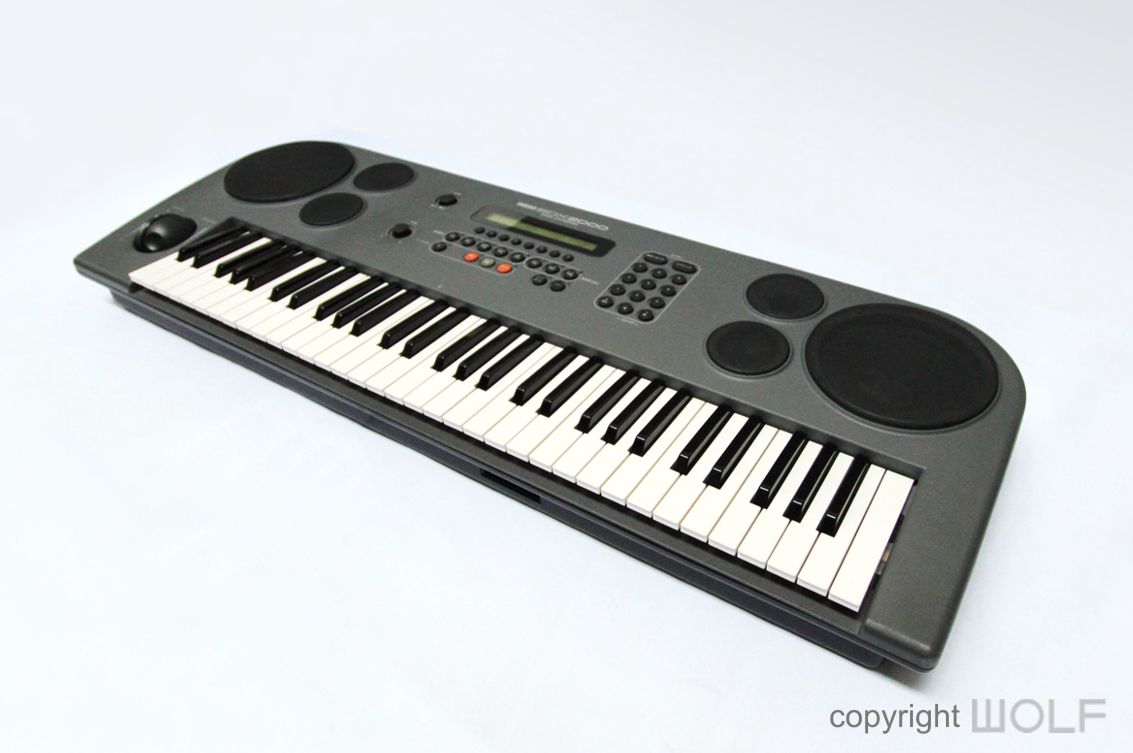
First impression/ Delight
Although labelled as an SDX2000 with Japanese text, we are essentially reviewing a B200….again. We first reviewed the B200 in July 2018 and in some ways, we’ve come to appreciate its design even more. Without a straight line in sight, it’s still as unconventional today as it was in 1988. To date it remains as the synthesizer with the most circles. The speakers, buttons, pitch and modulation wheels are all perfect circles. Even the screen has rounded corners.
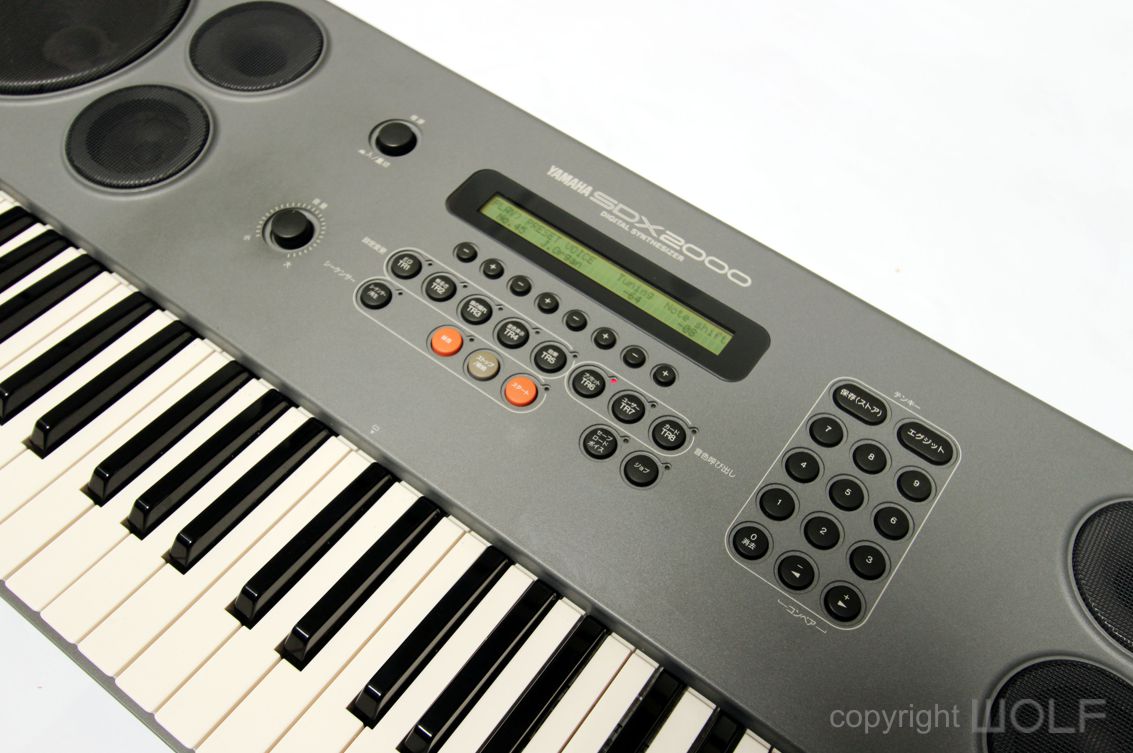
Exterior Design Review
Previously we felt that there was possibly too much space on the face plate but now it actually seems refreshing. The buttons are sized and shaped a bit like Mentos and are reasonably well proportioned/balanced to the blank spaces. We also like the shadow line detail around each button. The pitch and modulation wheels form two halves of a sphere, around the size of an orange. The sides cantilever out about an inch in an attempt to slenderize the overall profile. The top face of this unit has a textured flat grey paint that is slightly speckled with white/metallic dots. The bottom half is a more standard dark grey plastic finish. This combination makes for a nice two toned look. All corners a well rounded and the sides have subtle curves.
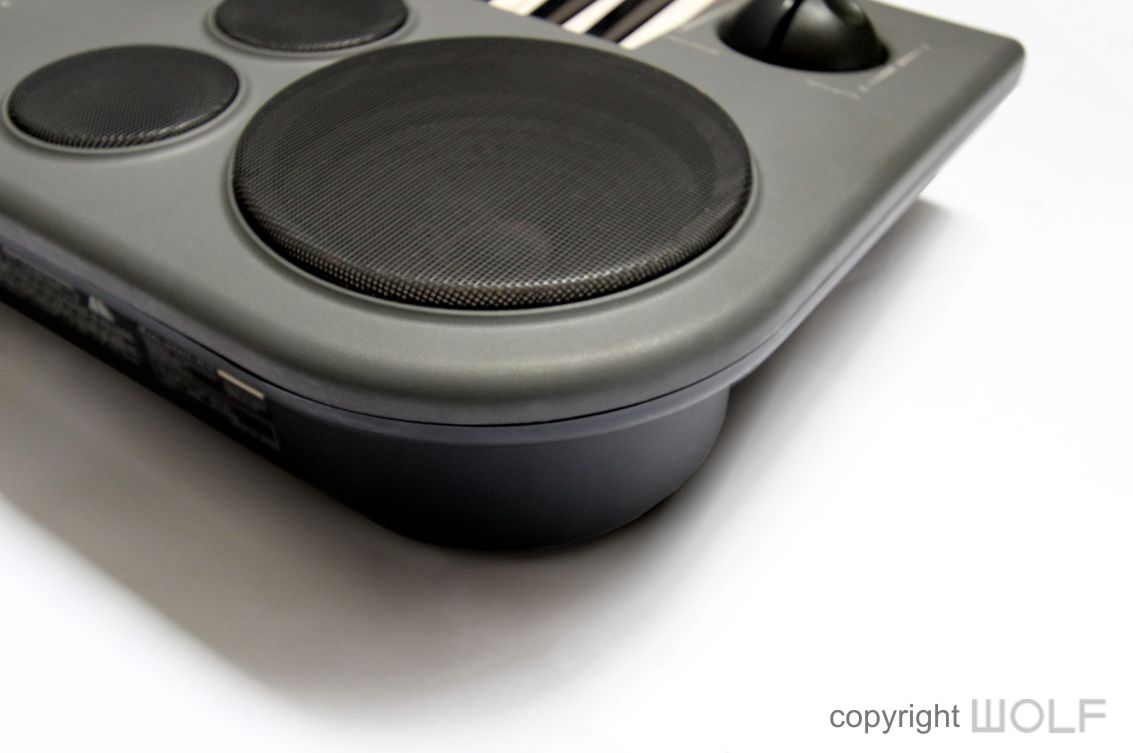
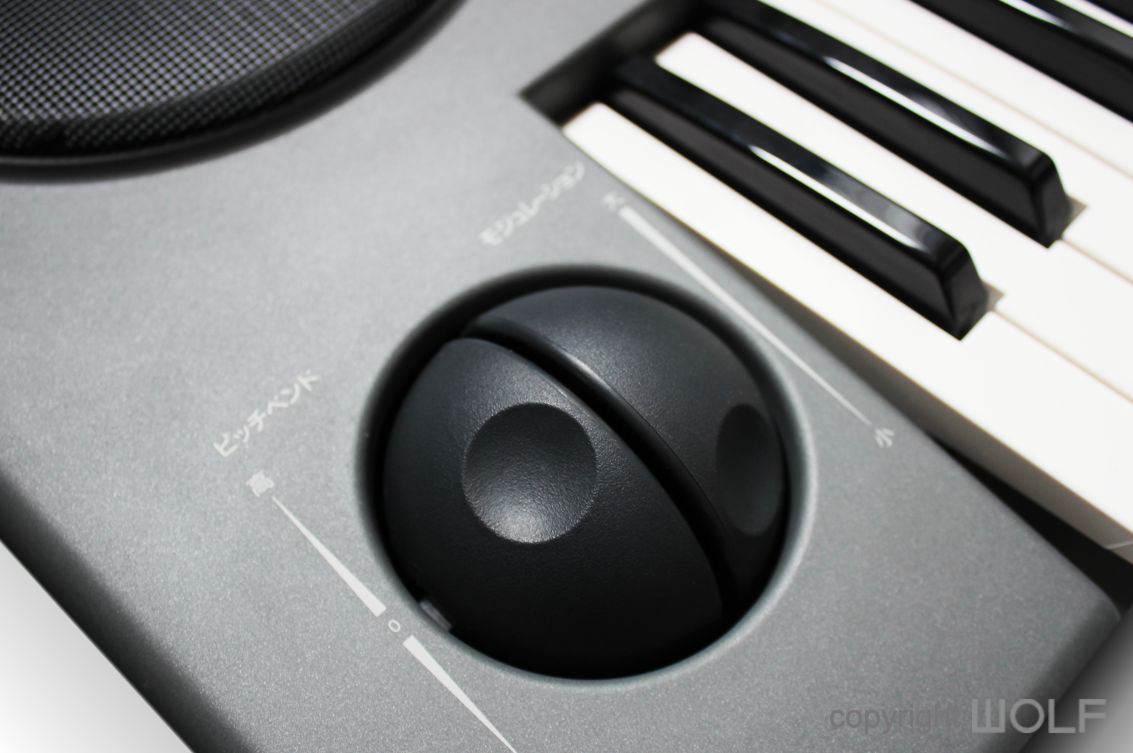


Craftmanship.
The textured surface paint does help to make this unit feel less plastic like than it really is. It’s durable but after 3 decades many will have scuffs, chips and scratches. Being used in schools, the SDX model in particular, will tend to have even more signs of wear and tear. The buttons, keys, screen and modular wheels are all solid as standard with Yamaha to make this a machine built to last. You would just need to be careful not to stain or scratch the body as it’s a type of plastic and colour that would be very difficult to repair or touch up.
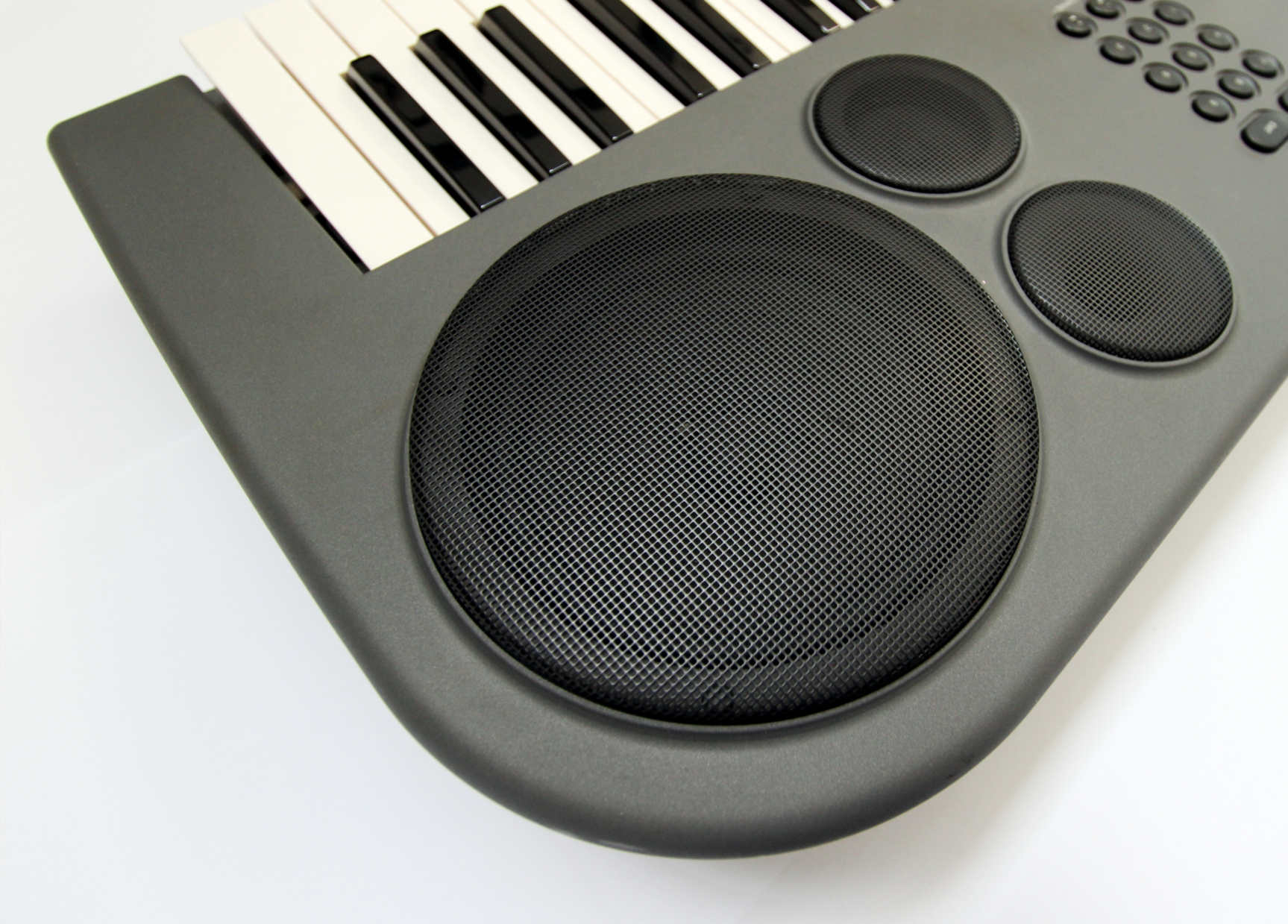
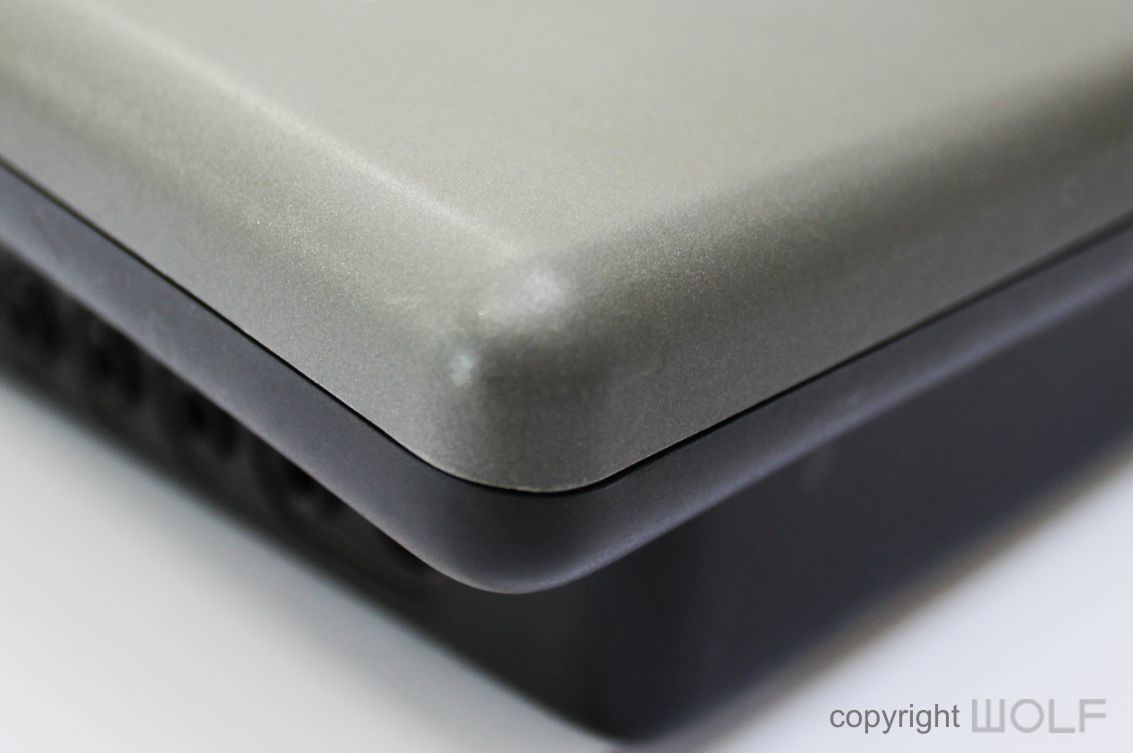
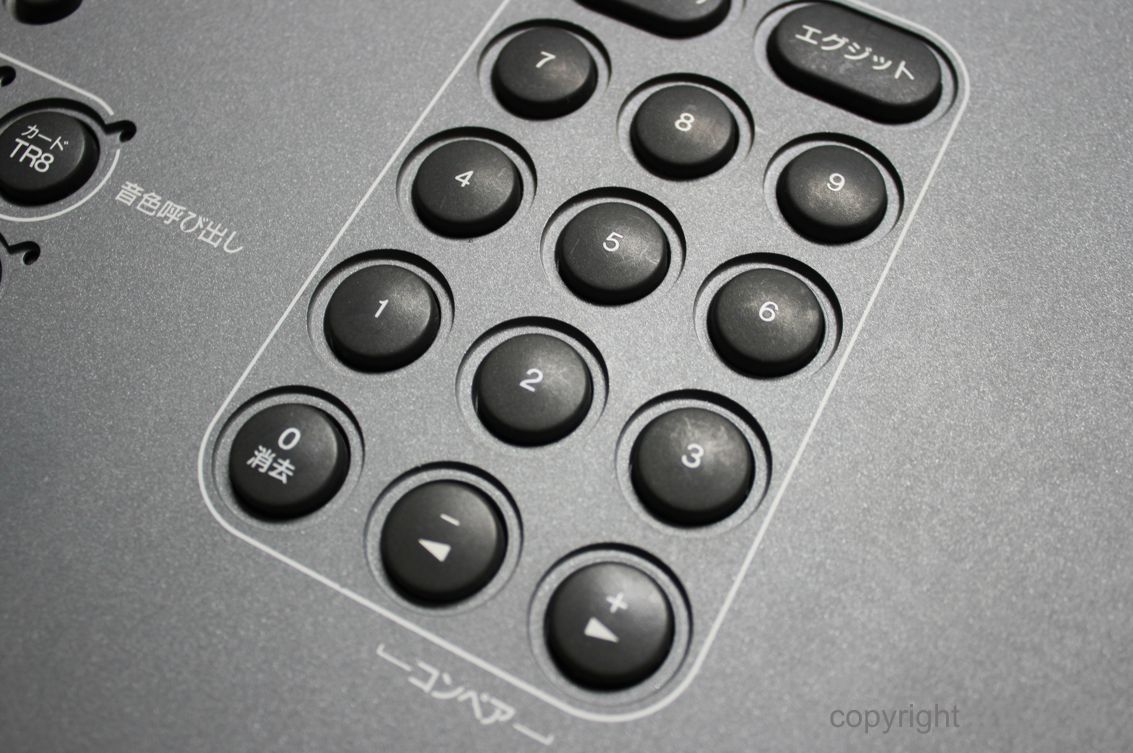

FUNCTION- Experience.
The buttons don’t feel as nice as they look. Despite their craftsmanship there just seems to be a cheapness to the way they feel and click. We can’t read Japanese, but assuming it’s all identical to the B200, we know that the overall arrangement of buttons is logical and clear. For such a funky looking keyboard, a few interactive controllers would have made it fun to play as well as fun to look at. The cantilevering ends feel nice to hold and make this unit easy to carry.

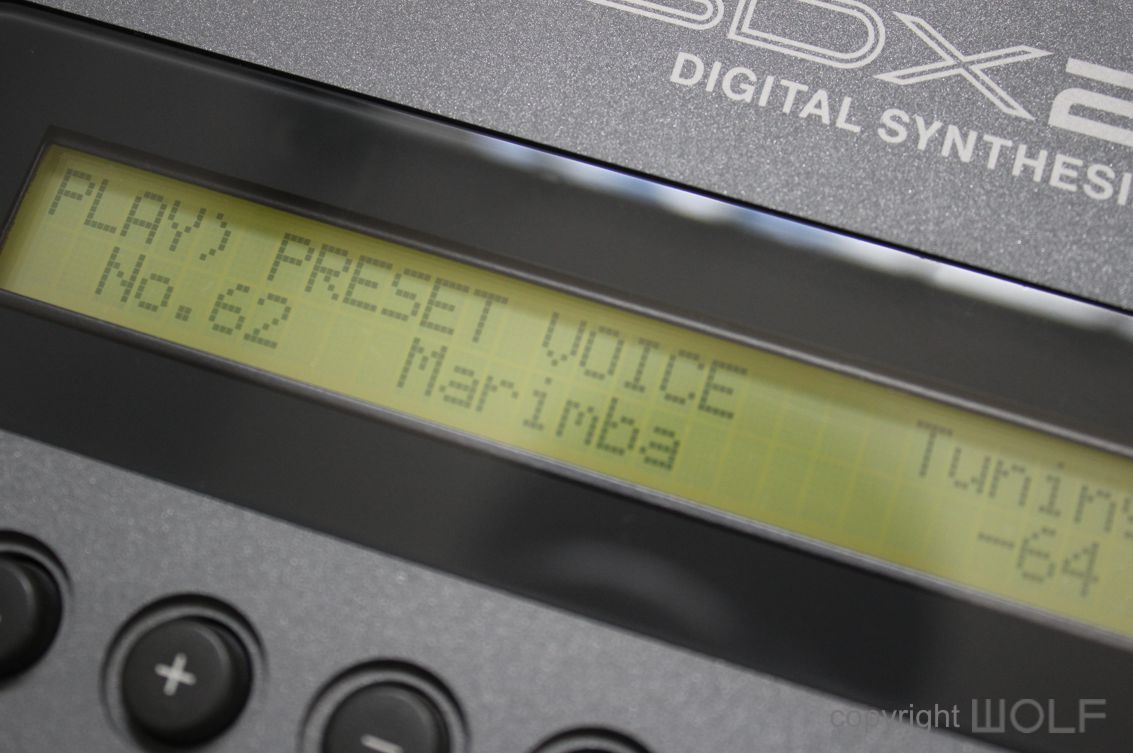
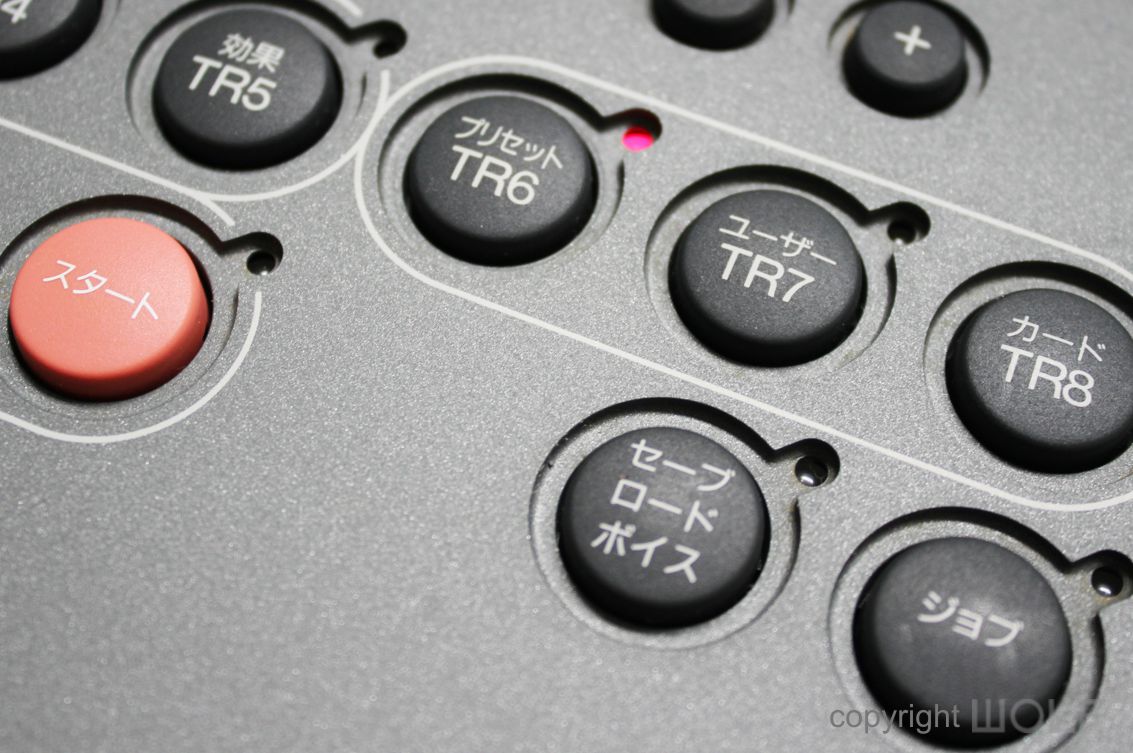
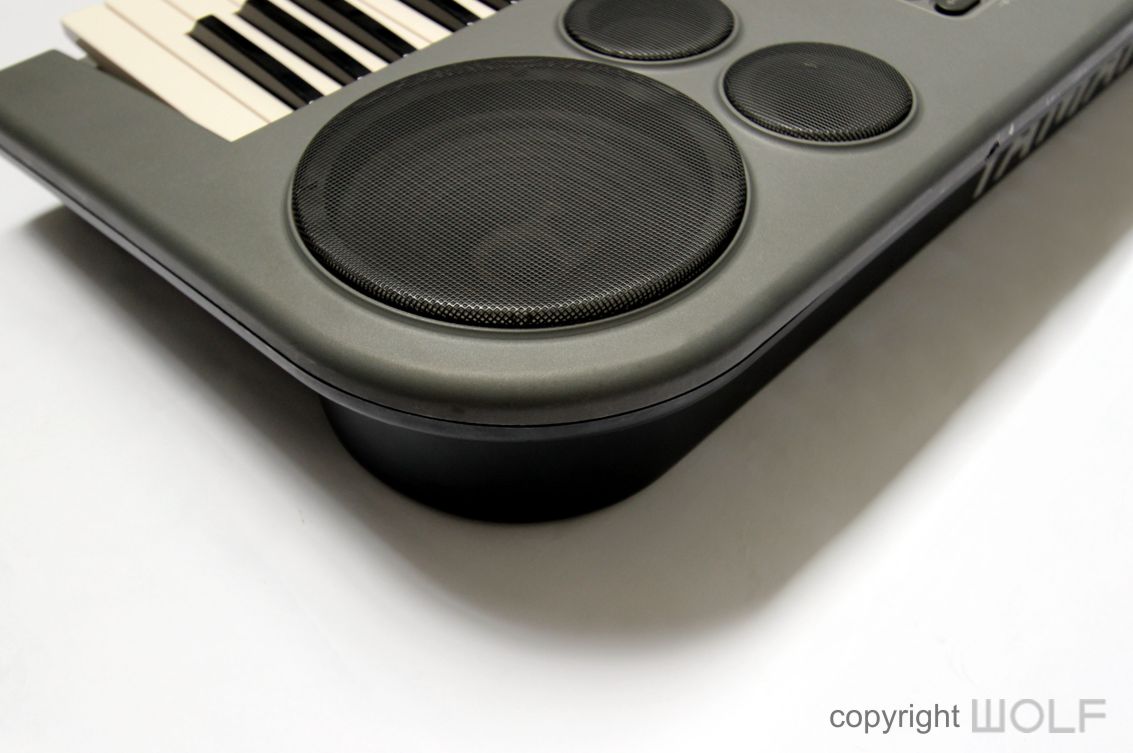
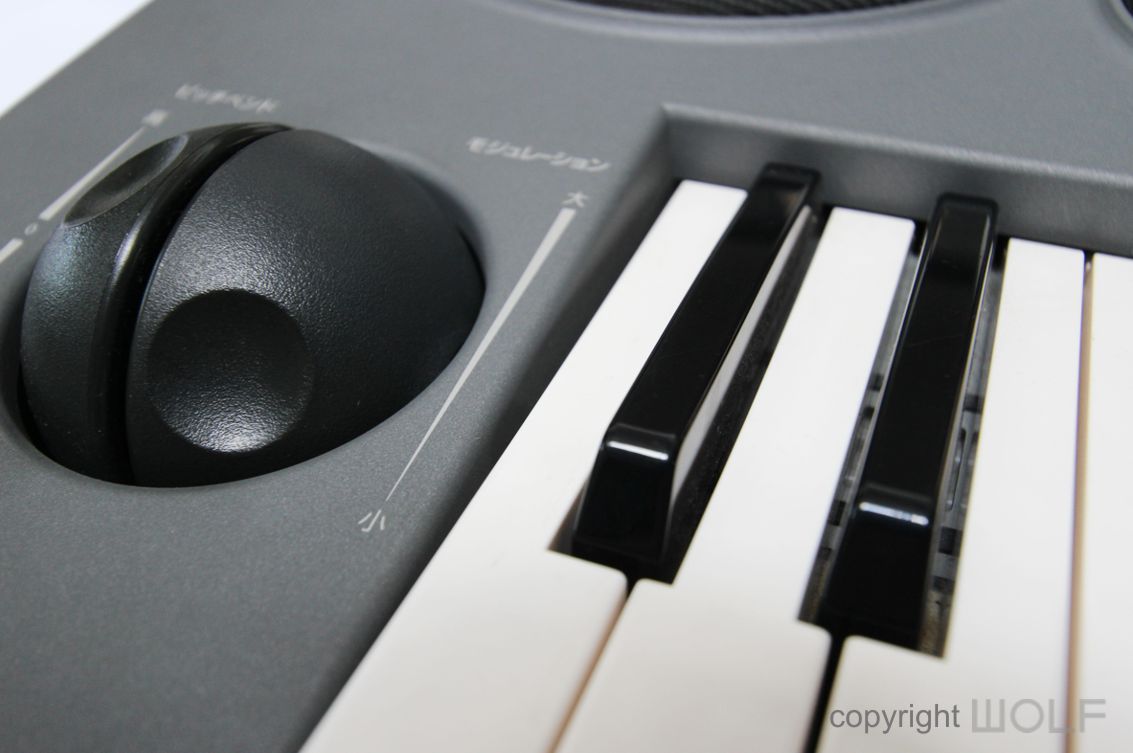
Desirability / Collectability
From a collectability perspective the SDX2000 is rather obscure and a synthesizer no one would have heard of, even within Japan. It would be difficult to operate unless you could read Japanese. However, if you happen to come across one, and you don’t already own a B200, it is worth noting that this is a rare instrument with very funky design.
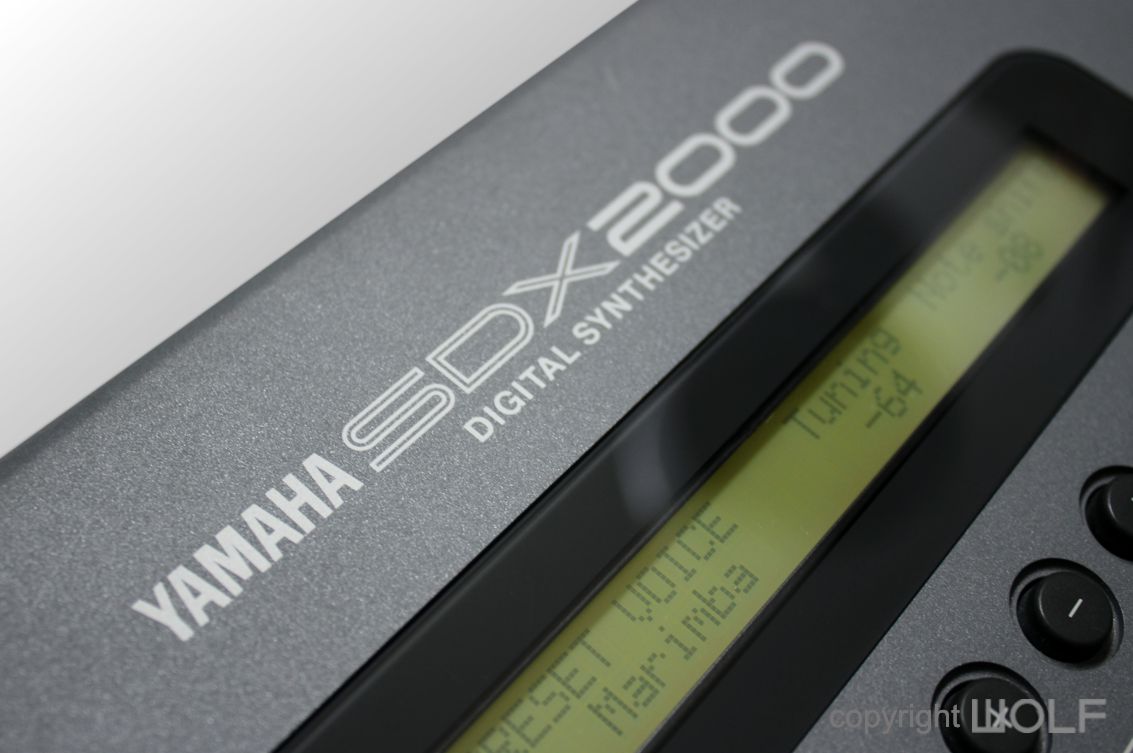
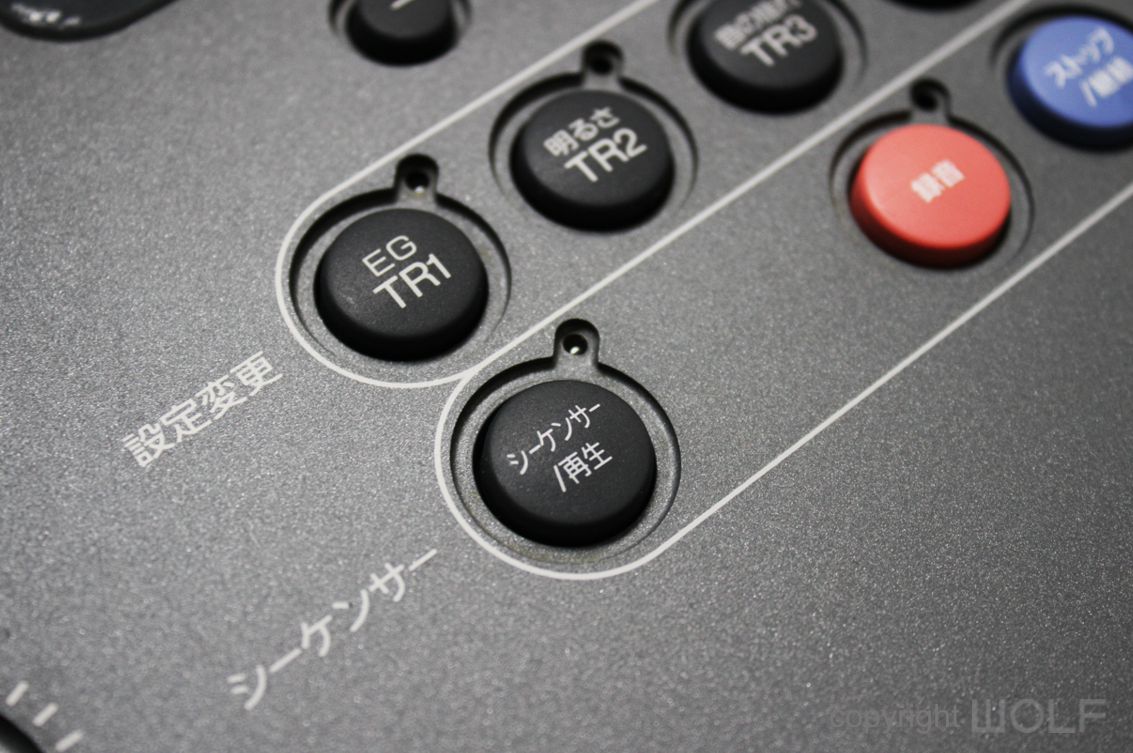
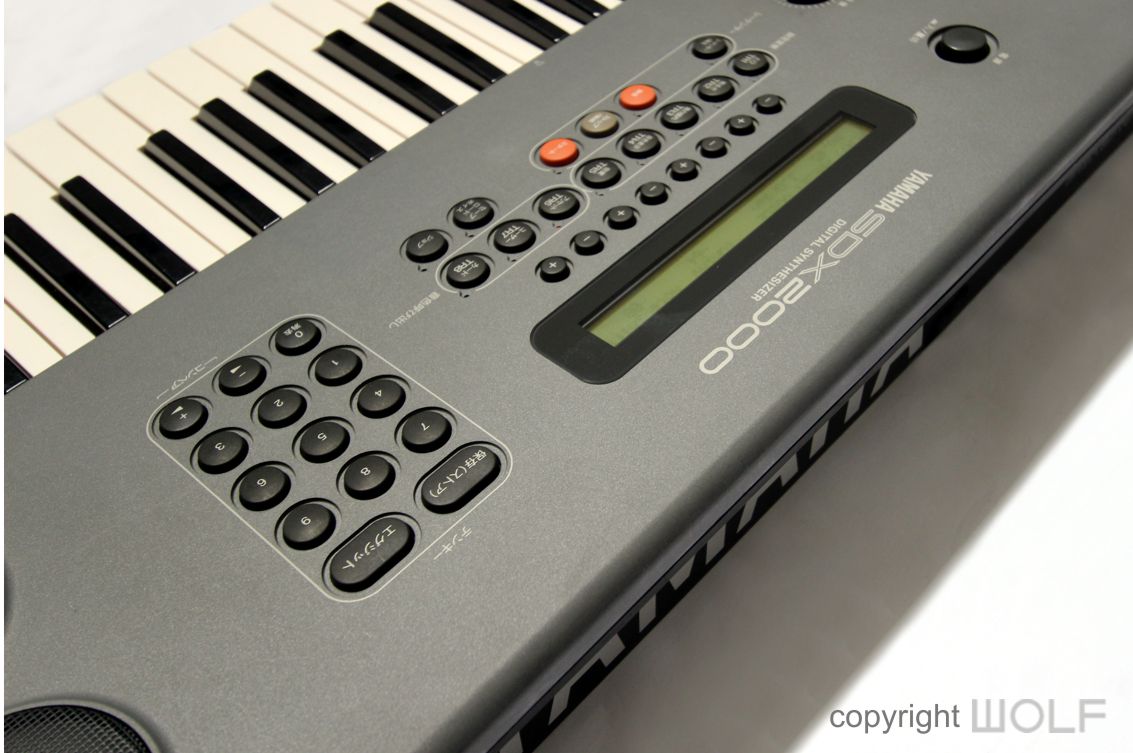
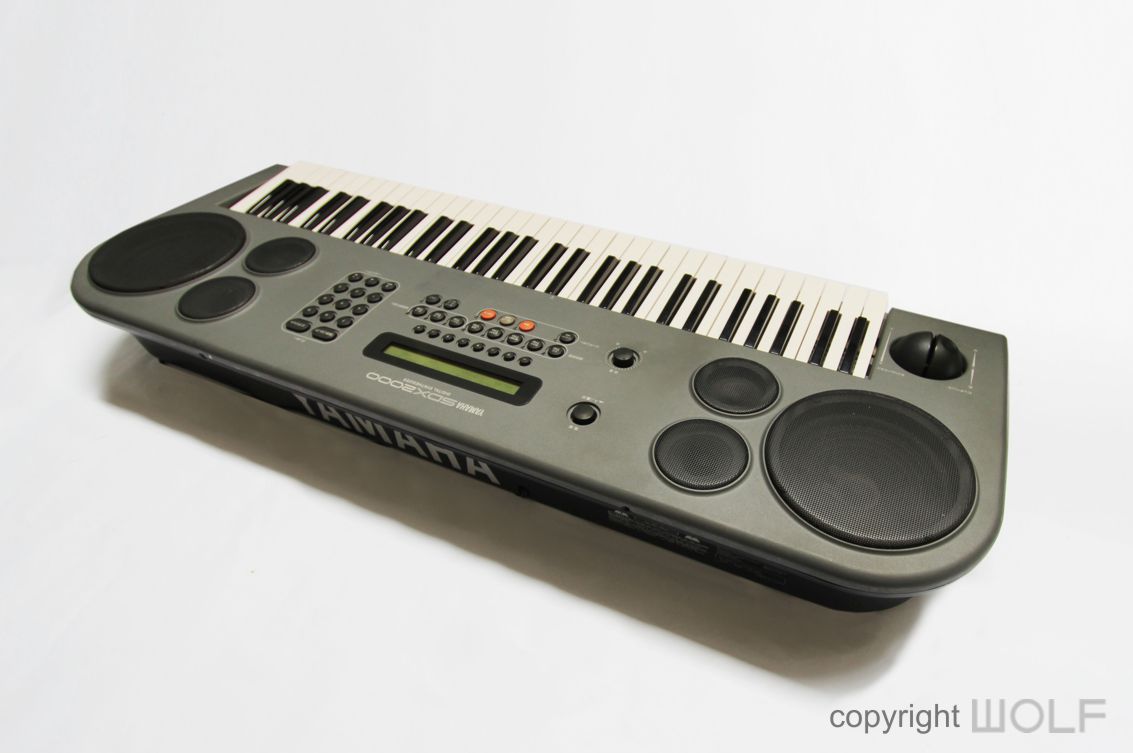
WORD OF THE WOLF
It’s an interesting synth from our design perspective but probably too obscure and you’ll find plenty of newer models able to do a whole lot more for similar dollars. Another interesting fact about the SDX is that it shared the same hard case as the B200 but labelled as the SDX2000 of the outside.
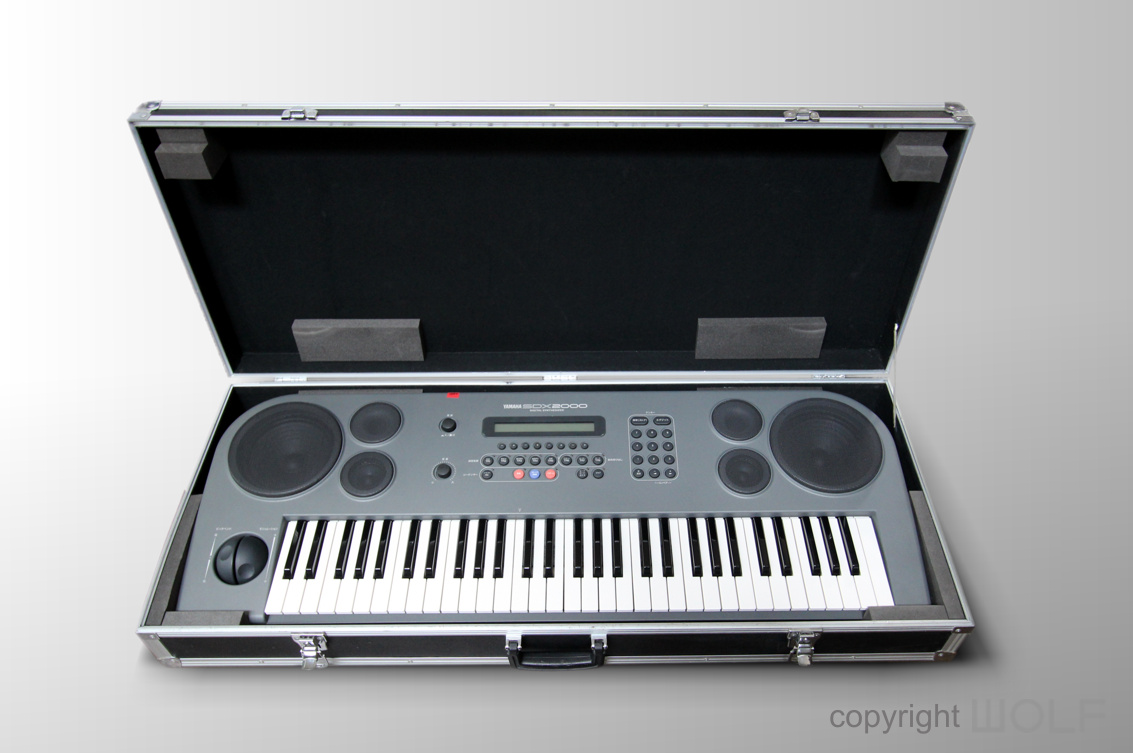
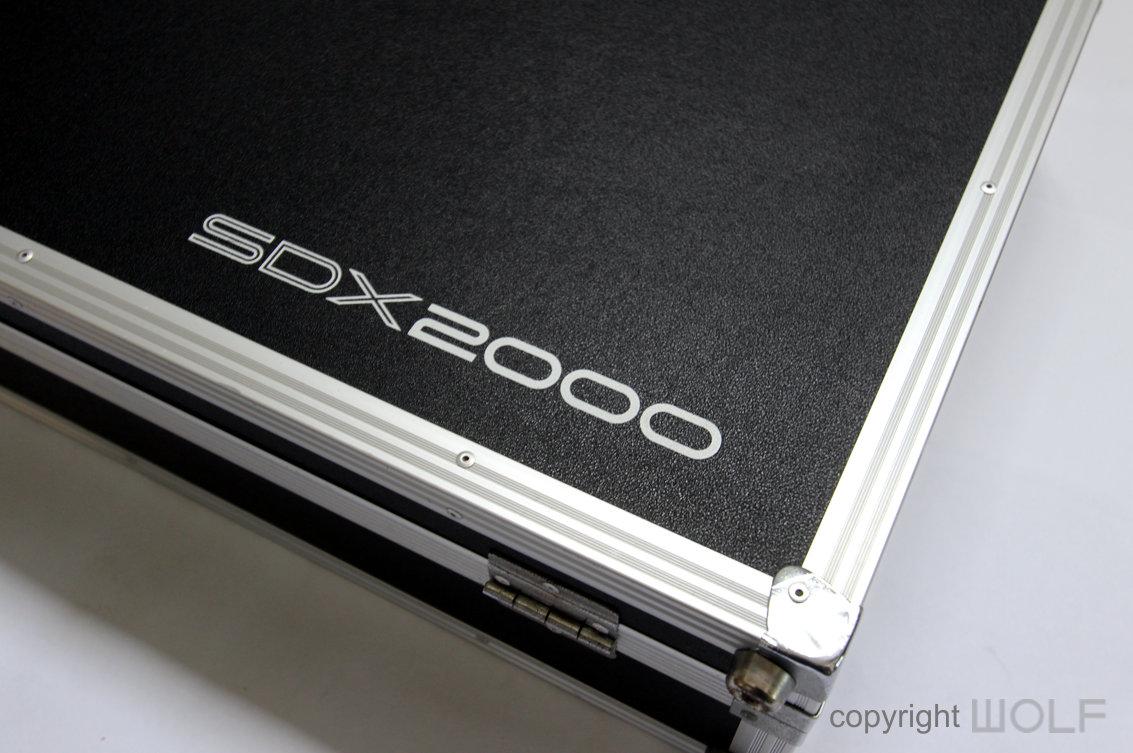
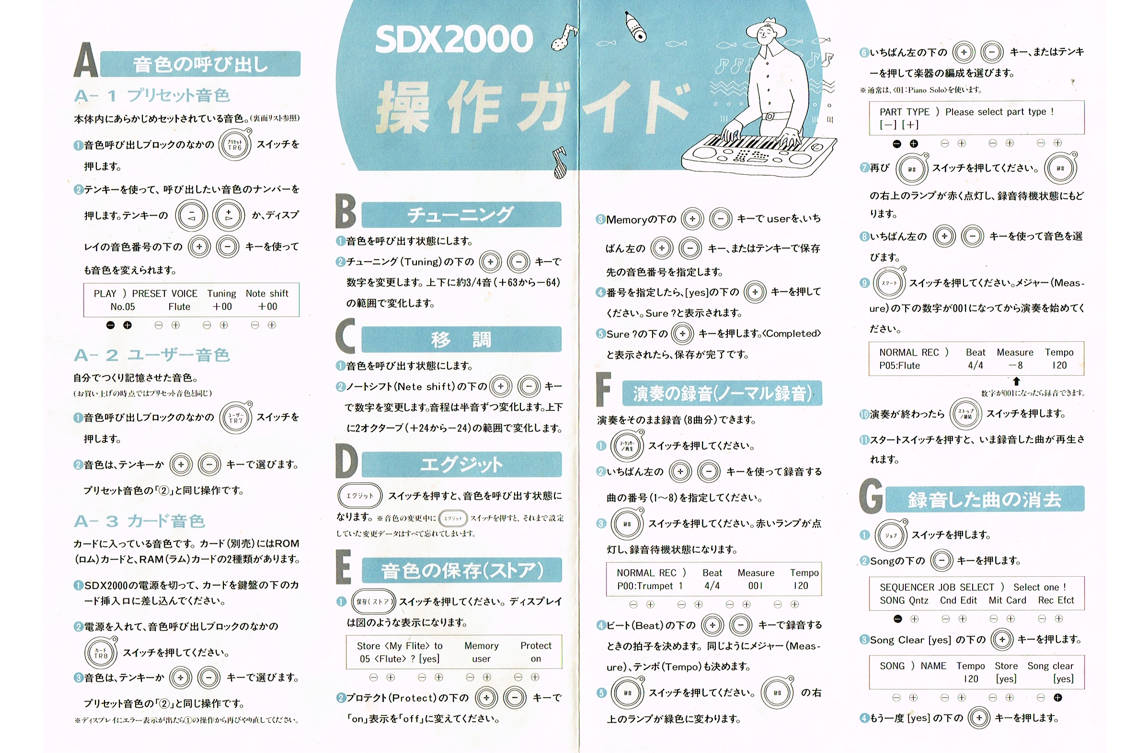
Easy use guide for the SDX2000
WOLF DESIGN EXCELLENCE SCORE = 6.3
Disclaimer
The information in this review is intended for informational or educational purposes to provide readers an understanding of how something may be seen from a certain design perspective. In this case it is from the view point of WOLF DESIGNS. As design is subjective this review should only be considered as an independent opinion. Information further to being of an opinion is provided to the best of our knowledge based on our own research at the time of doing the review. We cannot be held responsible for any inaccuracies or inconsistencies and reserve the right to change or update any content as appropriate.
The final responsibility of the design resides with the original manufacturer.

